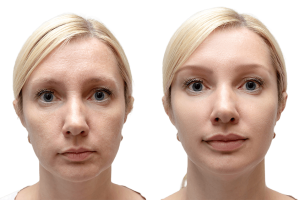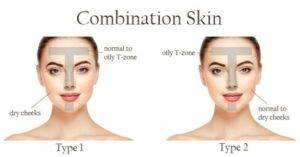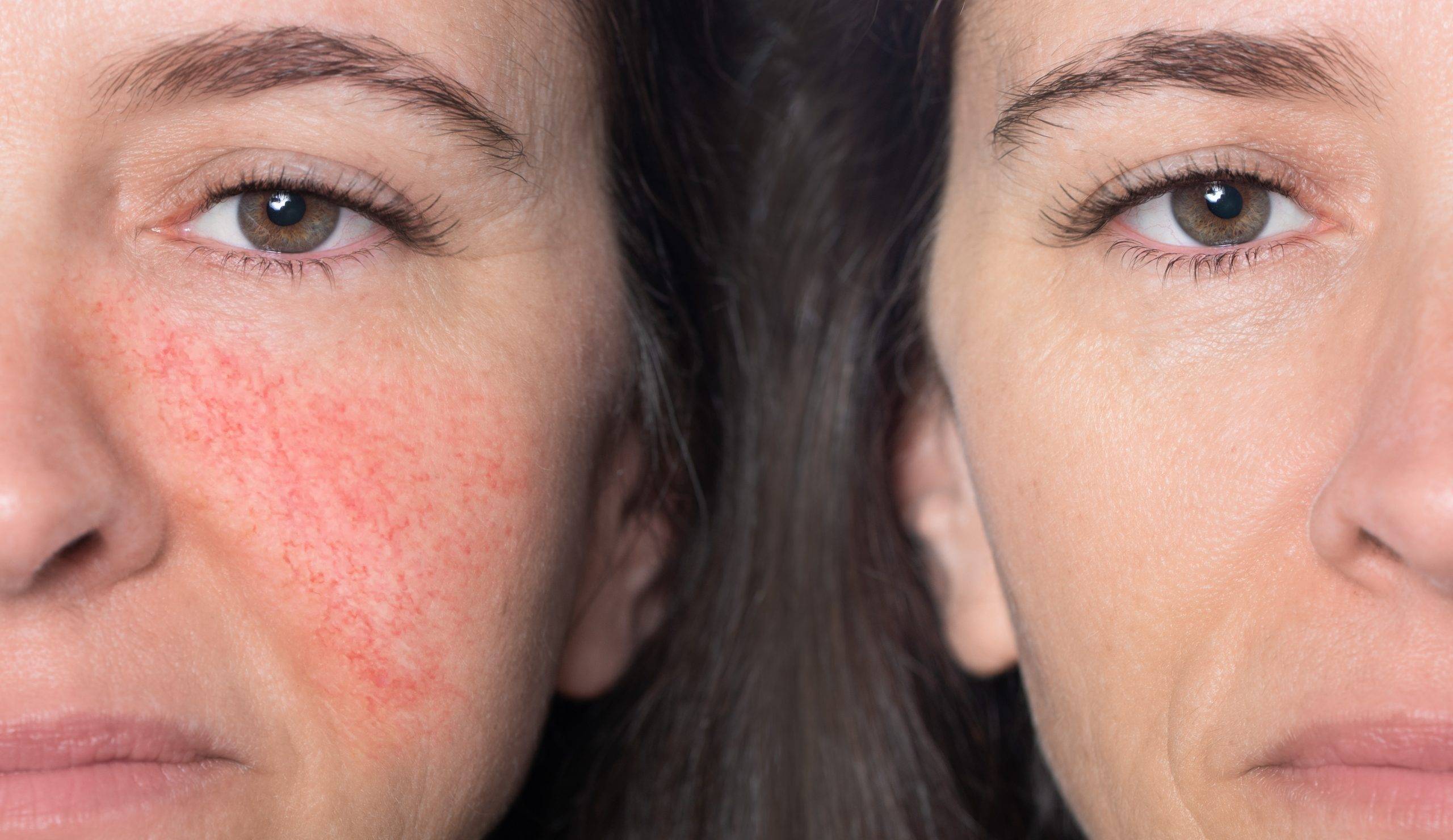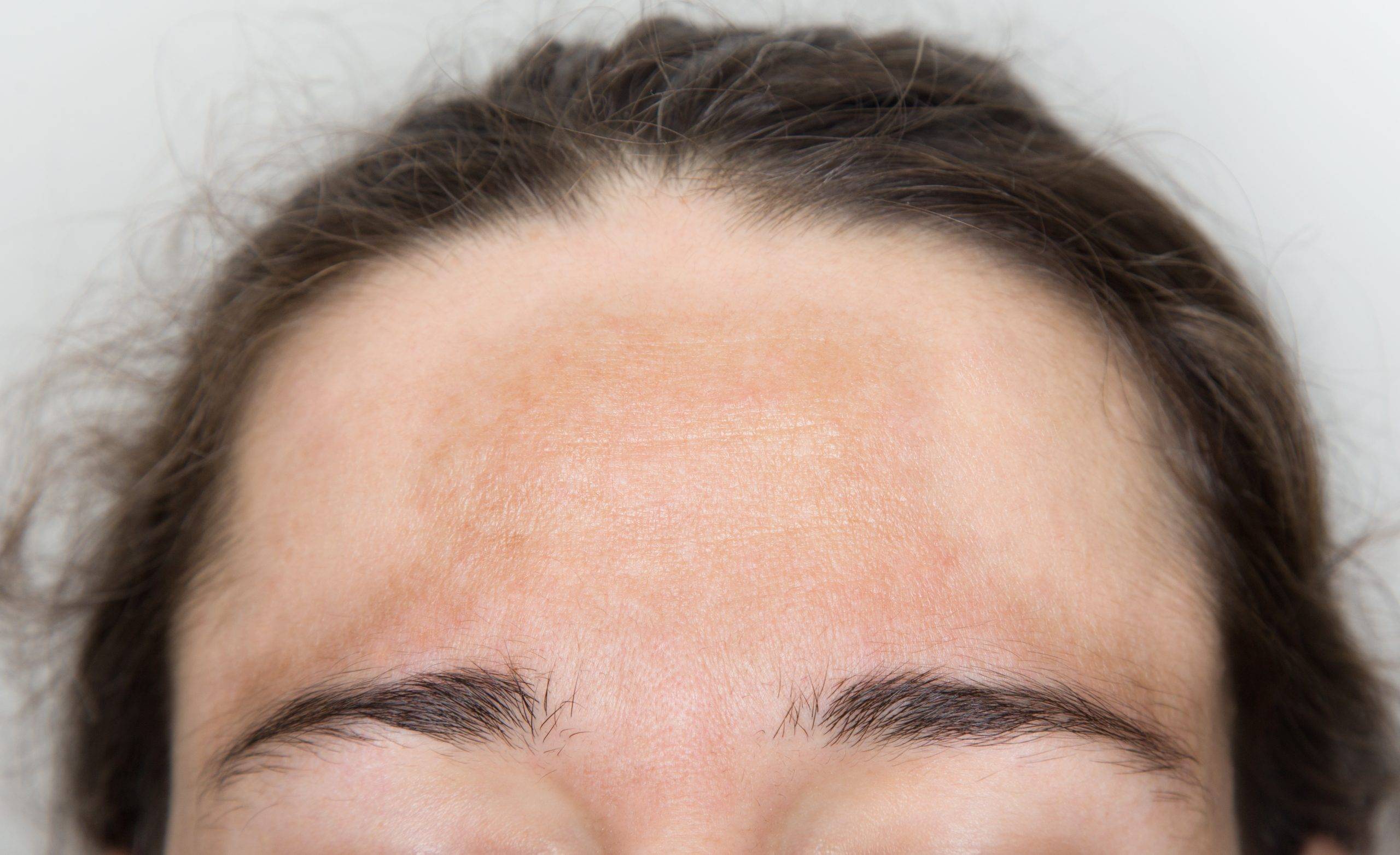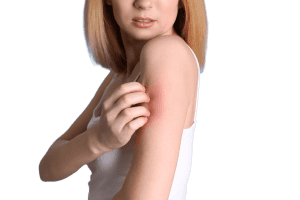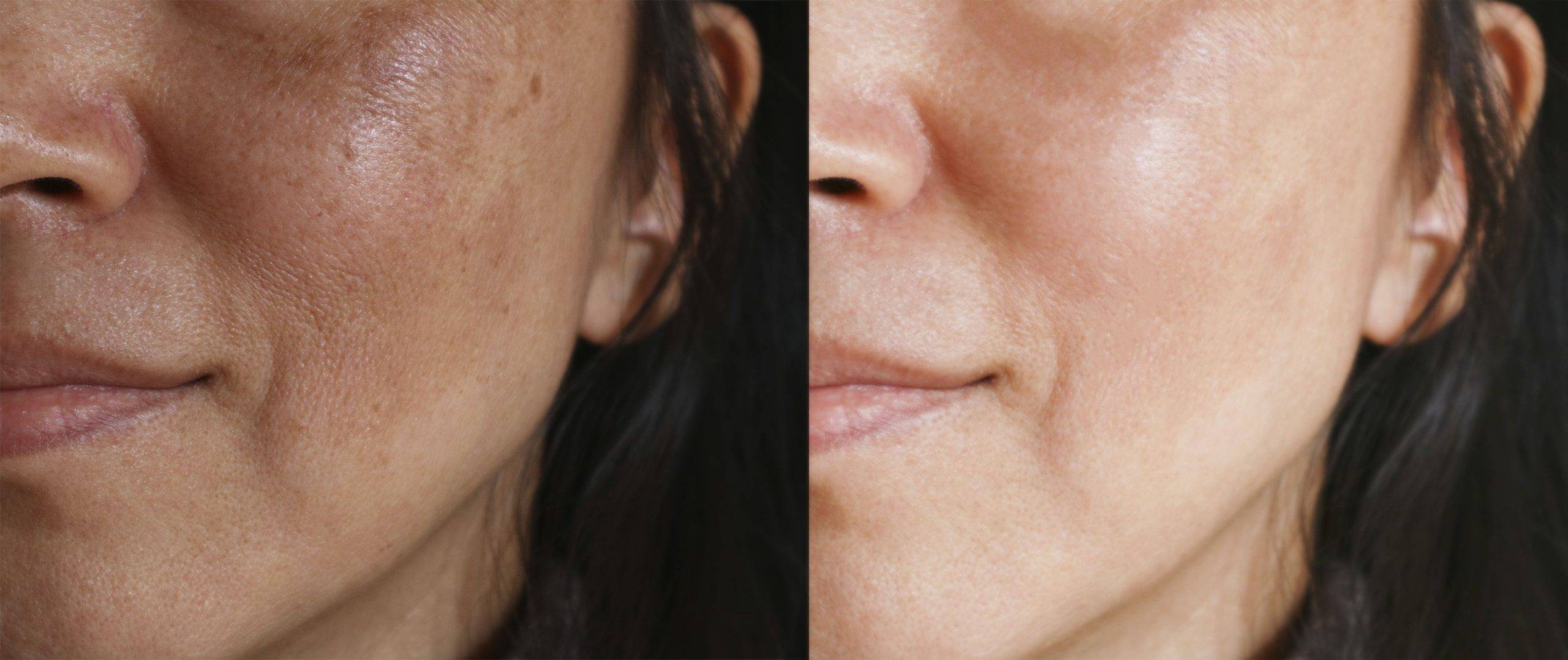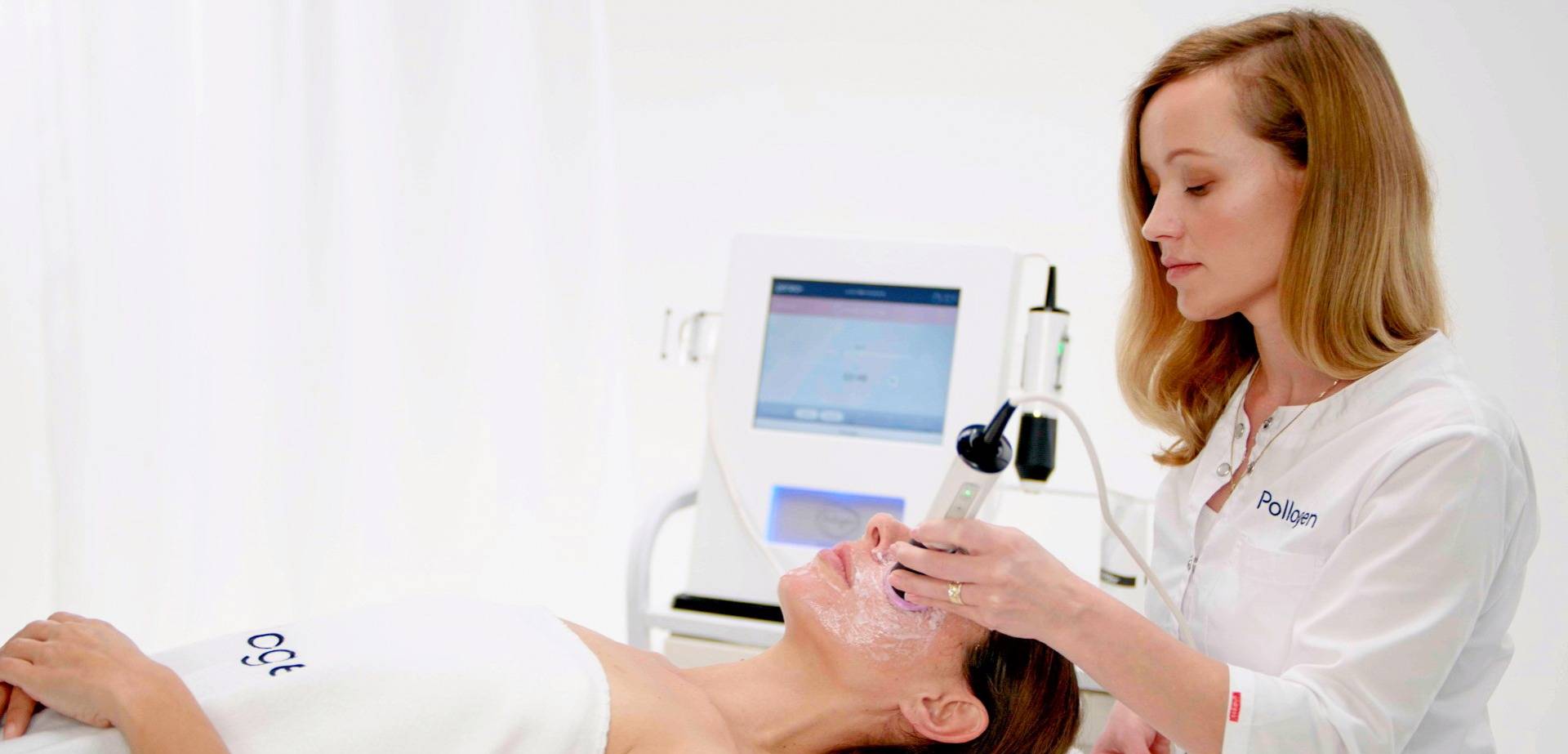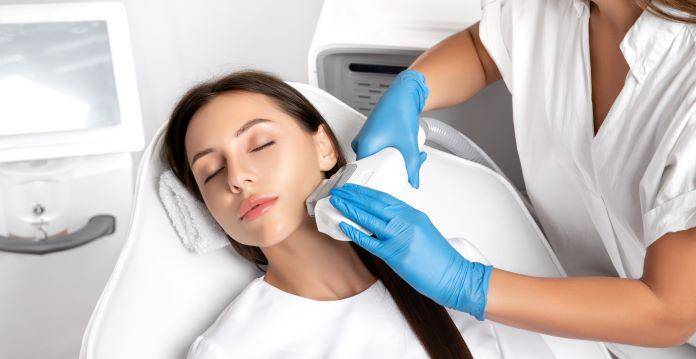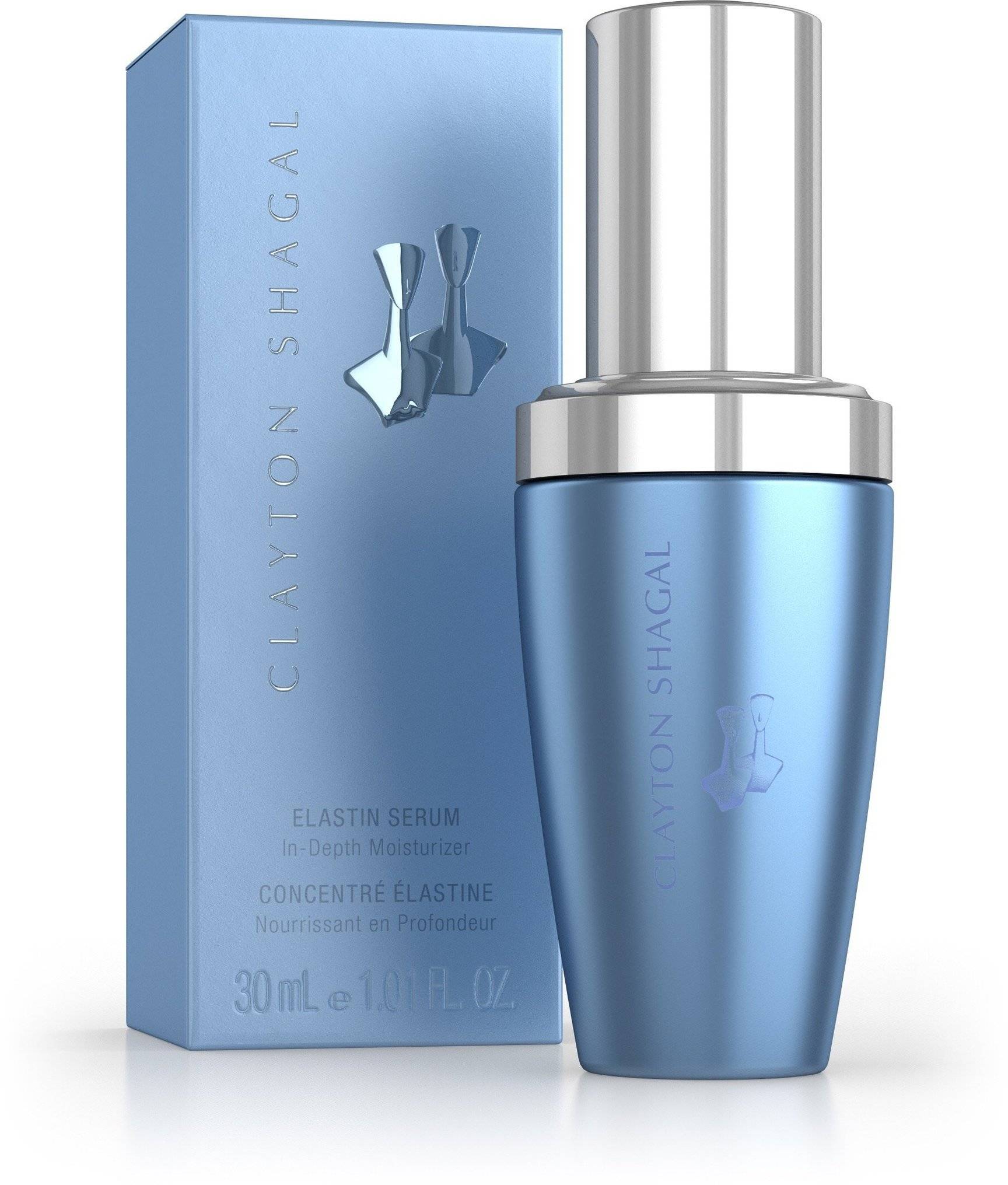≡ Hyperpigmentation
The best way to treat Hyperpigmentation
Φ 色素沉著(面部)
Table of Contents
What is Hyperpigmentation?
Hyperpigmentation isn’t necessarily a condition but a term that describes skin that appears darker. It can: occur in small patches over large areas affect the entire body.
While increased pigmentation usually isn’t harmful, it can be a symptom of another medical condition. Learn about types of hyperpigmentation, causes, and how to treat it.
What are the types of Hyperpigmentations?
There are several types of hyperpigmentation, the common ones being melasma, sunspots, and post-inflammatory hyperpigmentation.
Melasma. Melasma is believed to be caused by hormonal changes and may develop during pregnancy. Areas of hyperpigmentation can appear on any area of the body, but they appear most commonly on the stomach and face.
Sunspots. Also called liver spots or solar lentigines, sunspots are common. They’re related to excess sun exposure over time. Generally, they appear as spots on areas exposed to the sun, like the hands and face.
Post-inflammatory hyperpigmentation. This is a result of injury or inflammation to the skin. A common cause of this type is acne.
What are the symptoms and risk factors?
Darkened areas on the skin are the main symptoms of hyperpigmentation. Patches can vary in size and develop anywhere on the body.
The biggest risk factors for general hyperpigmentation are sun exposure and inflammation, as both situations can increase melanin production. The greater your exposure to the sun, the greater your risk of increased skin pigmentation.
Depending on the type of disorder, other risk factors for hyperpigmented patches may include: oral contraceptive use or pregnancy, as seen with melasma darker skin type, which is more prone to pigmentation changes drugs that increase your sensitivity to the sunlight trauma to the skin, such as a wound or superficial burn injury.
What causes hyperpigmentation?
A common cause of hyperpigmentation is an excess production of melanin.
Melanin is a pigment that gives skin its color. It’s produced by skin cells called melanocytes. Several different conditions or factors can alter the production of melanin in your body.
Certain medications can cause hyperpigmentation. Also, some chemotherapy drugs can cause hyperpigmentation as a side effect.
Pregnancy changes hormone levels and can affect melanin production in some women.
The hyperpigmentation is a direct result of an increased level of a hormone in your body that results in increased melanin synthesis.
Excessive sun exposure can also cause an increase in melanin.
Recommended Treatment for Hyperpigmentation
- One Love IPL Treatment for Full Face & Neck with Choice of Selfology Healing Facial
- OxyGeneo Facial
- Four Advanced Medical Facial Treatments (w/ Super Collagen Healing Facial) Choose Any Combination from (a) One Love IPL Treatment for Full Face & Neck w/ Selfology Healing Facial OR (b) Diamond Polar Skin Tightening Treatment (30 mins)
- Angie 13.56 MHz Thermocoagulation
- Venus Viva 4D Diamond Polar™ Skin Tightening + Active Collagen Facial
- Brightening Facial
Recommended Product for Hyperpigmentation
- Clayton Shagal Clinical Elasthy Extract
- Clayton Shagal Clinical Colhy Extract
- Clayton Shagal Hyaluronic Acid Serum
- Clayton Shagal Idratense Cream
- Clayton Shagal Sensi Derm Cream
- Clayton Shagal Nutri Sublime Cream
- Clayton Shagal Illumine Cream
- Clayton Shagal AHA Exfoliating Mask
- Clayton Shagal Elastin Serum
- Clayton Shagal Mokaccino Mask
- Clayton Shagal AHA Scrub
- Clayton Shagal Bamboo and Honey Exfoliant
- Clayton Shagal Oat Bran Scrub
- Clayton Shagal Milk Cleanser
- Clayton Shagal Purifying Gel Cleanser
- Clayton Shagal Collagen Serum
- Clayton Shagal Clinical Colhy Gel
- Clayton Shagal Clinical Elasthy Gel
- Clayton Shagal Collagen Gel Plus
- Clayton Shagal Elastin Gel Plus
- Clayton Shagal Collagen Gel
- Clayton Shagal Elastin Gel
- TIZO ULTRA ZINC BODY & FACE SUNSCREEN non-tinted dewy finish SPF 40
- TIZO2® FACIAL PRIMER SUNSCREEN Non-Tinted Matte Finish SPF 40
- Nano White Effect Brightening Gel Masque

